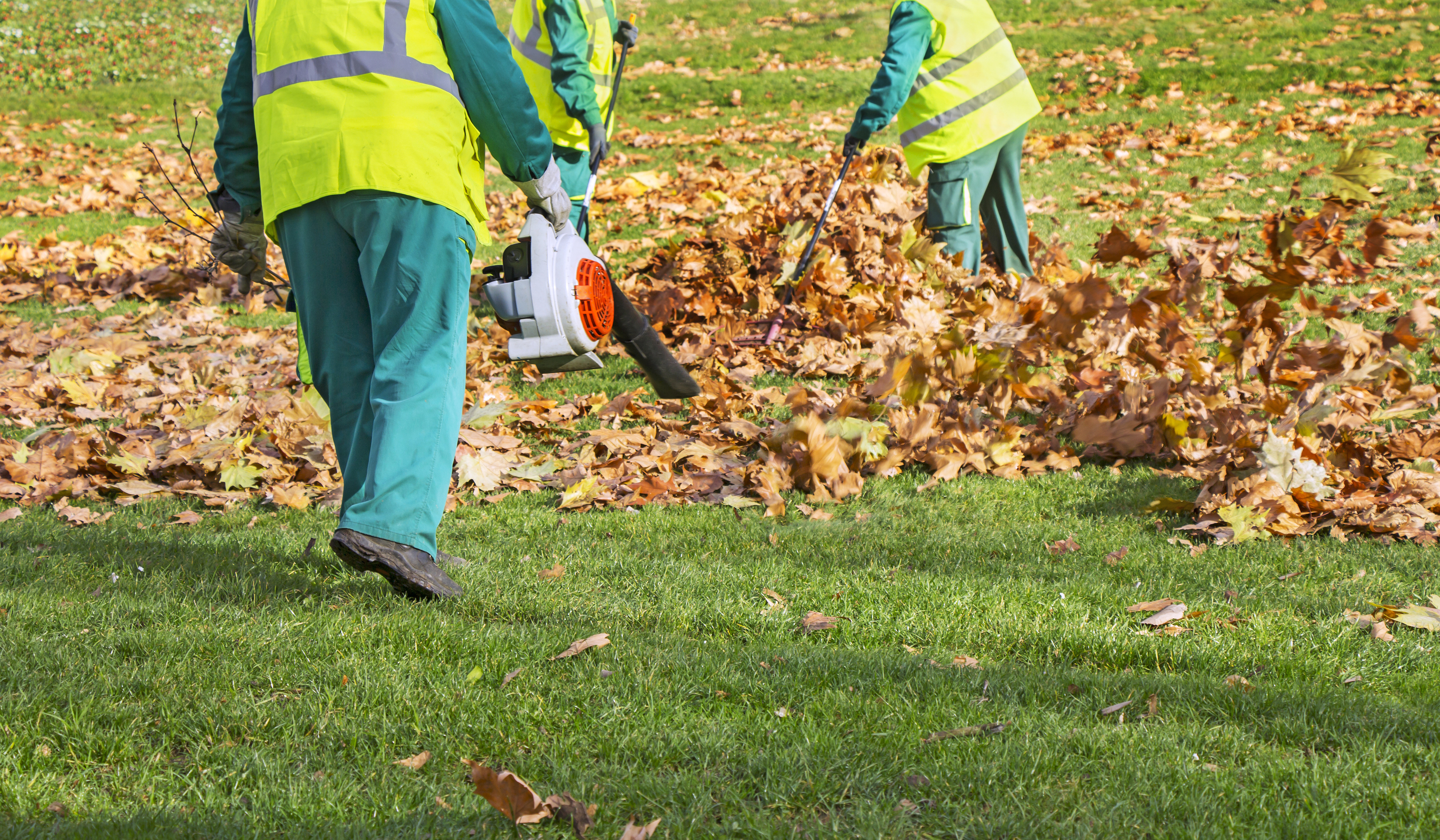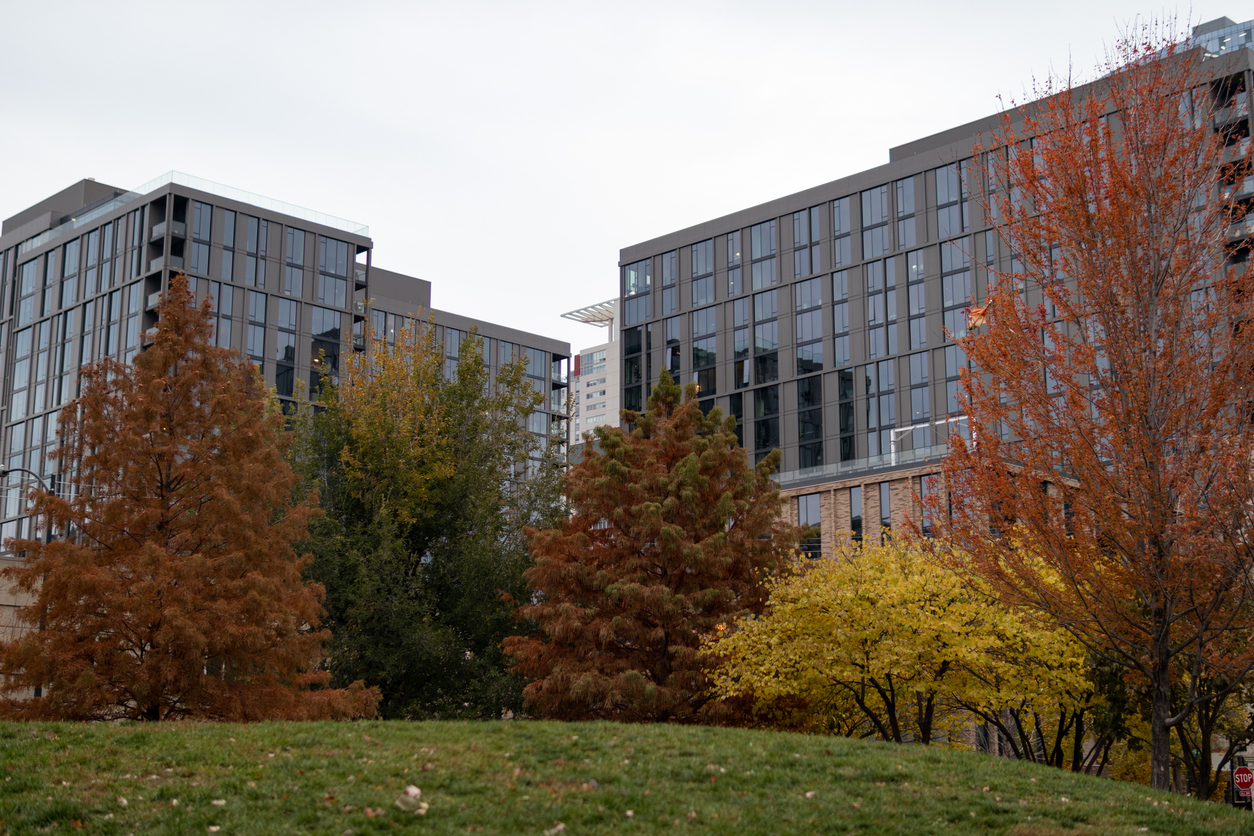Fall Cleanup and Winter Prep Tips for Your Commercial Properties

Keeping your commercial landscaping in top shape is about looking ahead. That means it’s time to plan your commercial landscaping fall cleanup services. Our helpful checklist outlines what you need to know about getting your properties ready and why it’s important to start planning now.
Planning Ahead for Fall Commercial Landscaping
Fall cleanup is an important step in your overall landscaping plans because it helps protect your landscape through the winter and ensures everything comes back ready to thrive in the spring. Cleanup is typically performed between October and November, but the timing and services needed can vary based on your geographic region and when temperatures dip and trigger the leaf fall. Here’s a look at key services you’ll want to consider for your fall cleanup efforts.
Plant Care
Your landscaping partner should remove dead branches and prune for ornamental grasses, bushes and shrubs. In colder climates, they should also wrap new bushes or shrubs planted within the past three years before freezing temperatures arrive.
Tree Maintenance
Fall cleanup for your trees typically involves a light final pruning to remove overgrown or damaged branches.
Leaf Removal
Leaf and debris removal not only helps prevent your turf from rotting, but it also aids with visibility so that your commercial property can be easily staked for snow removal. And because wet leaves can create a fall hazard for customers and employees, removal is important to address safety concerns.
Winterization
If you typically shut down the irrigation systems on your commercial properties during the winter months, you’ll also want to perform a complete flush-out of your system to help avoid broken water lines and related repair costs. For properties in warmer clients where the irrigation stays on, consider a winter policing service (outlined below).
Winter Policing
Common in warmer climates, winter policing involves the removal of debris, trash or any extra foliage that falls beyond a typical fall cleanup timeframe. It can be part of a minimal maintenance plan that carries your landscaping through until it’s time for spring cleanup.
Drain Cleaning
Clearing drains and drainage areas of leaves and debris can help avoid blockages and flooding from winter precipitation.
Fertilizing
Fertilizing in the fall can help discourage weed development late in the season which can lead to weed overgrowth in the spring.
Mulching
As mulch beds typically wear down, wash away and get overturned by foot traffic during the summer, a fall top-off can help them maintain their appearance before snow arrives and protect your plants through the winter.
Aeration
Fall aeration should be considered as part of any good turf maintenance program. The process removes excess thatch buildup and promotes growth at the roots to help your turf absorb and retain water and nutrients.
Gutter Cleanup
It may not technically be part of your landscaping, but ensuring gutters filled with leaves and debris are blown out in the fall can help avoid clogs as well as roofing problems like leaks or water damage—and costly related expenses.
Start Preparing for Fall Commercial Maintenance Today
Commercial landscaping fall cleanup is key to ensuring you’re set up for success in the spring. Need assistance with fall cleanup and winter prep services for your commercial properties? Contact Tom Snyder or Teresa Phelps at MCS to request a quote and find out how we can help with all your landscaping needs.


